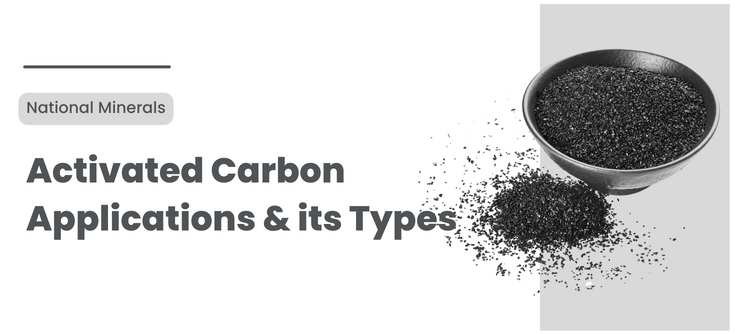Fine Mesh Resin:
A highly helpful adsorbent is activated carbon, also known as activated charcoal, activated coal, or active carbon. Activated carbon has a high surface area, pore structure (micro, meso, and macro), and high surface reactivity, making it useful for liquid and vapor applications such as purification, dechlorination, deodorization, and decolorization.
One kind of carbon that has undergone processing to increase its porosity and surface area is called activated carbon. It can draw and hold other molecules to its surface as a result, making it a potent adsorbent. Numerous uses for activated carbon exist, such as odor control, air and water purification, and water filtration. Because it is easily sourced and can be formed from a base material that can be wood, coal, or coconut shells, it is an incredibly cost-effective solution for various industries.
Application of activated carbon:
A highly porous material called activated carbon is used to filter impurities out of air, water, and other liquids and gases. It is created by heating organic materials in the absence of oxygen, such as coal, wood, or coconut shells. This procedure produces a web of microscopic pores that are capable of capturing and eliminating a wide range of impurities, such as:
- Chlorine
- Heavy metals
- Organic pollutants
- Volatile organic compounds (VOCs)
- Dust
- Pollen
- Hydrogen sulfide
- Carbon monoxide
- Ammonia
- Precious metals
Mining:
Moreover, gold mining uses activated carbon to recover valuable metals. In the last stages of mining, activated carbon is used to separate carbon from cyanide because of its adsorbent properties.
Food & Beverages:
In the food and beverage industry, activated carbon is used to improve the flavor, aroma, and purity of a variety of foods and beverages, including concentrated juice. Activated carbon can also be used to decolorize sweeteners and remove unwanted byproducts from them.
Water Treatment
activated carbon is employed In both primary and tertiary water purification processes. Both granular and powdered activated carbon are used to purify water. The major goal of the first treatment is to extract and hold large particles. Activated carbon is used to reduce taste and odor in the last stages of water treatment.
Types of Activated Carbon
Granular Activated Carbon:
Granulated activated carbon's slightly larger particle size results in a smaller external surface area compared to powdered activated carbon. The main applications for this type are water treatment, air treatment, and general deodorization.
Pelletized Activated Carbon
This is a pelletized activated carbon powder that has been combined with a binder. The pellets' low dust content, strong mechanical properties, and low-pressure drop make them suitable for use in gas-phase applications.
Powdered Activated Carbon
This type of fine activated carbon is usually added straight to process units, such as clarifiers, gravity filters, and raw water intakes. Use of it in a dedicated vessel is rare because of the potential for head loss.
Coconut Shell-Based Activated
These coconut shell carbons have high hardness, low dust, and very large internal surface areas that are characterized by microporosity. These characteristics make them particularly appealing for use in respirators and point-of-use water filters, as well as critical air applications.
Coal-Based Activated Carbon
This relatively inexpensive filter media is usually in high demand for both liquid and gas applications. Activated carbon made from coal has a large surface area and is both economical and consistently dense in terms of mesopores and micropores.
Benefits of Activated Carbon:
Removal of Contaminants:
Activated charcoal, as previously mentioned, draws and holds pollutants. It can efficiently remove a wide range of pollutants from the water that are different in kind and size thanks to its adsorptive nature.
Taste and Odor Control:
It is possible to significantly enhance the taste of water by using the appropriate kind of activated charcoal. Activated carbon also works well at controlling odors.
Absorbs many components:
Activated carbon is widely used in water purification because of its multi-component absorption capacity. Because of its low overhead and high production quality, any water purification plant would be interested in having it as an effective and reasonably priced option.
Reliable and efficient:
Activated carbon is incredibly reliable and efficient. As long as all relevant aspects are taken into consideration, there is very little danger of failure when the appropriate form is utilized. It is a tried and tested solution that has improved over time to become the standard method in the water purification sector.

